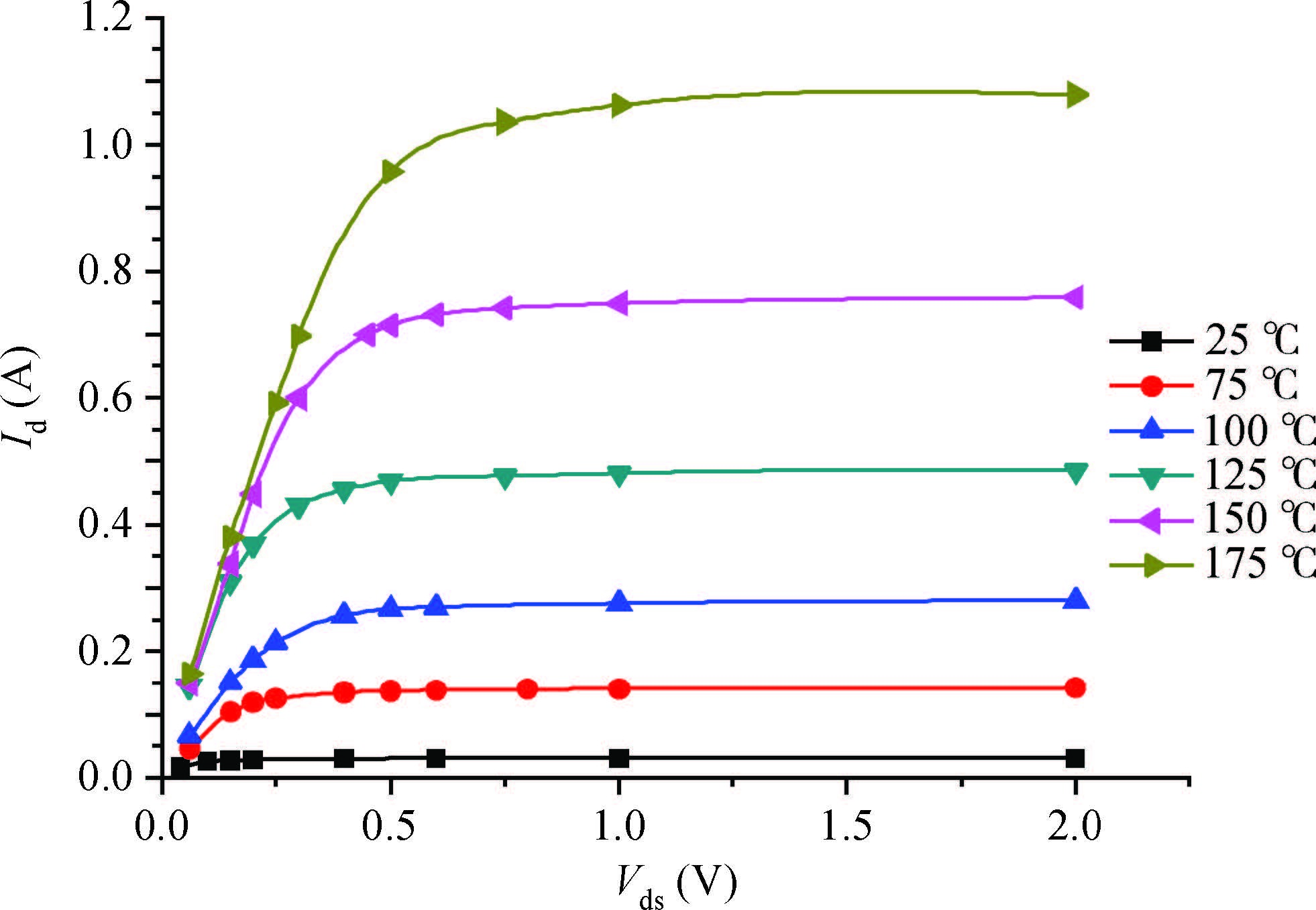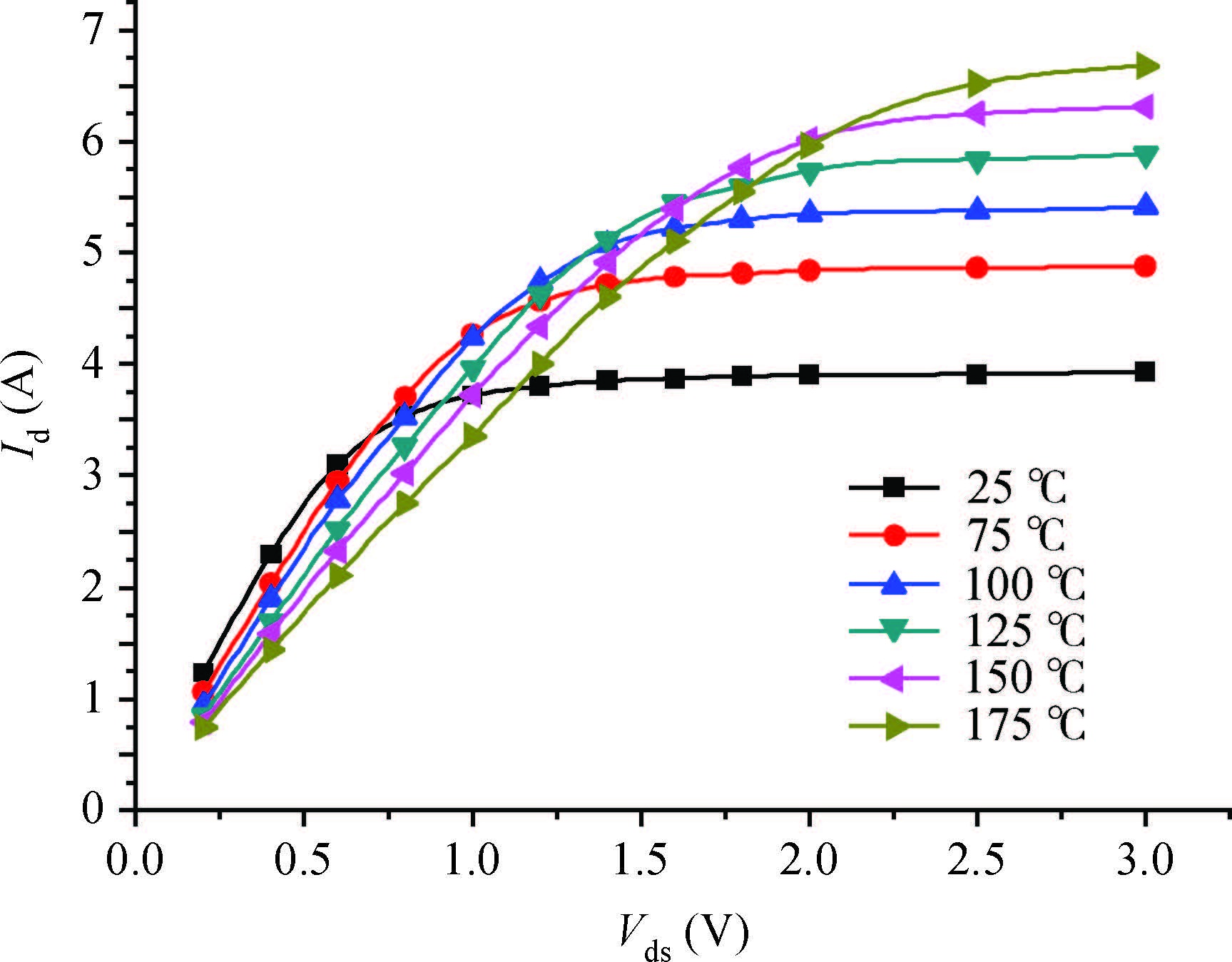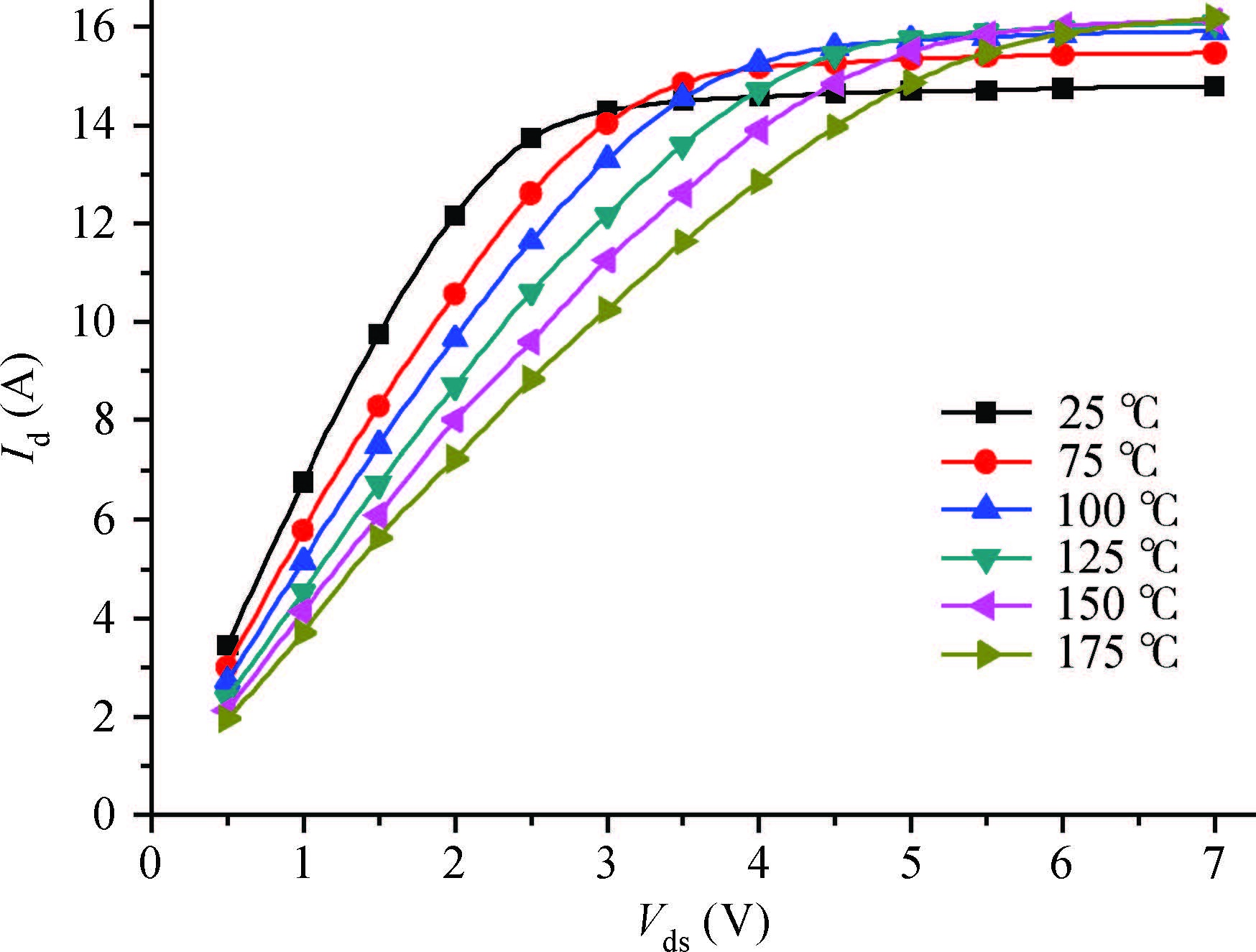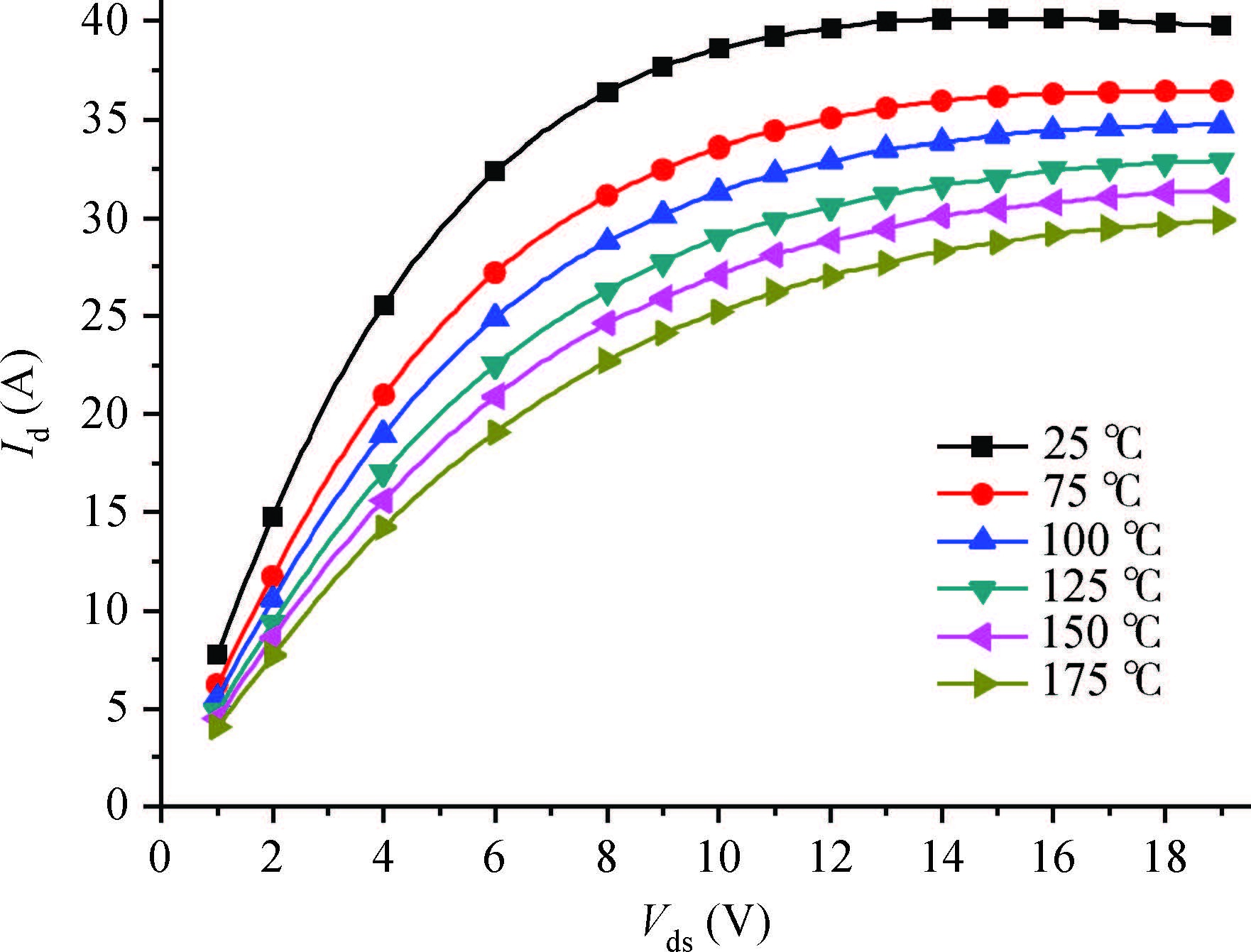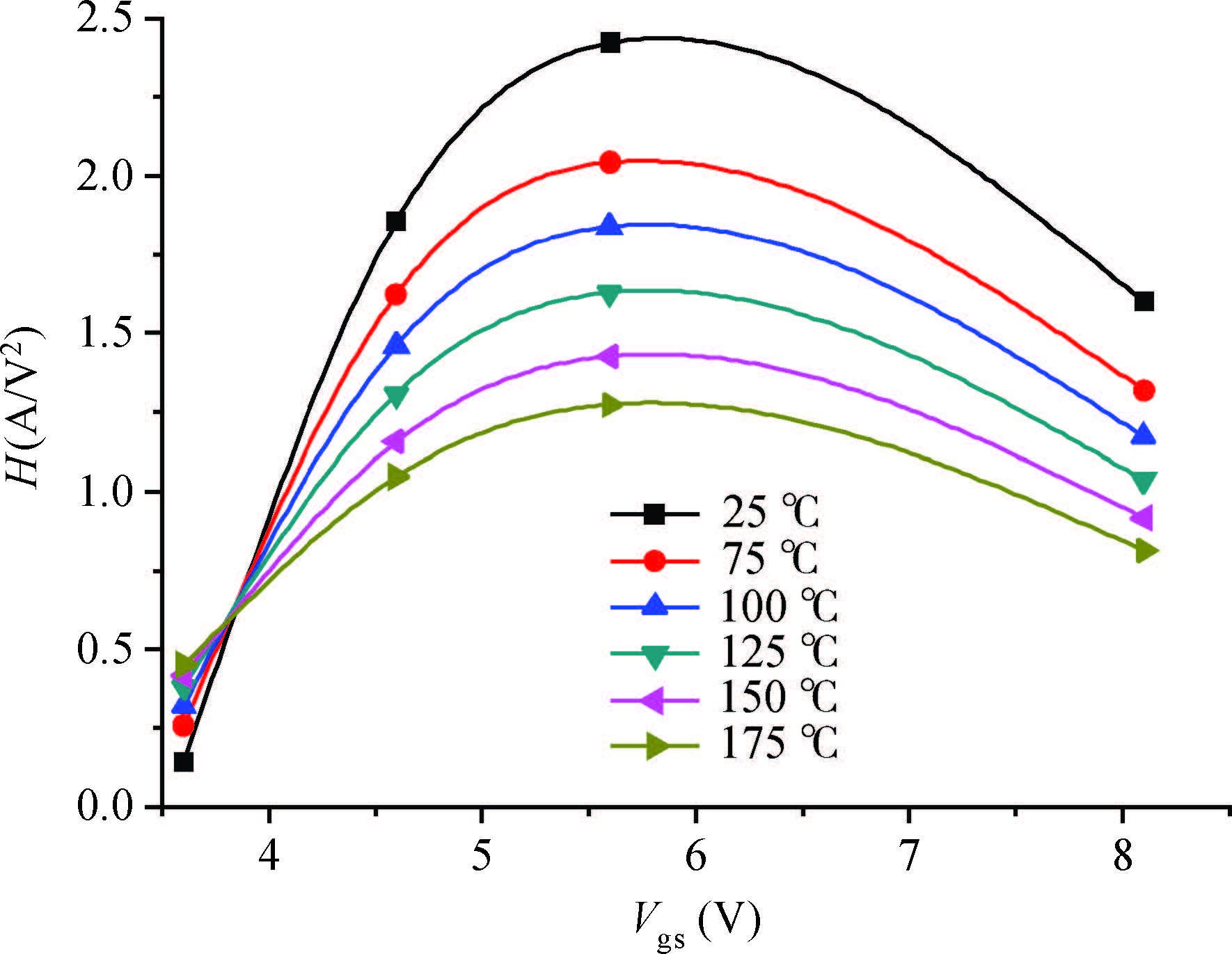| Citation: |
Bowen Zhang, Xiaoling Zhang, Wenwen Xiong, Shuojie She, Xuesong Xie. The investigation of the zero temperature coefficient point of power MOSFET[J]. Journal of Semiconductors, 2016, 37(6): 064011. doi: 10.1088/1674-4926/37/6/064011
****
B W Zhang, X L Zhang, W W Xiong, S J She, X S Xie. The investigation of the zero temperature coefficient point of power MOSFET[J]. J. Semicond., 2016, 37(6): 064011. doi: 10.1088/1674-4926/37/6/064011.
|
The investigation of the zero temperature coefficient point of power MOSFET
DOI: 10.1088/1674-4926/37/6/064011
More Information
-
Abstract
The paper investigates the zero temperature coefficient (ZTC) point of power MOSFET, based on the output characteristic of power MOSFET, the temperature coefficient of threshold voltage and the carrier mobility. It is found that the gate voltage has a big effect on the ZTC point. The result indicates that there are three types of temperature coefficient under different gate voltage. When the gate voltage is near the threshold voltage, both the linear region and saturation region shows a large positive temperature coefficient. With the increase of gate voltage, the temperature coefficient of the linear region changes from positive to negative, when the saturation region still remains positive, giving rise to the ZTC point. When the gate voltage is high enough, the negative temperature coefficient is present on both the linear and saturation region, resulting in no ZTC point. According to the experimental result, the change of ZTC point as a function of temperature is larger when the gate voltage is higher. The carrier mobility is also discussed, displaying a positive temperature coefficient at low gate voltage due to the free charge screen effect.-
Keywords:
- power MOSFET,
- ZTC,
- threshold voltage,
- mobility
-
References
[1] Wang Cailin, Sun Cheng. Analysis of high characteristics and SOA of power MOSFET. Power Electronics, 2008, 42(12):49[2] Shoucair F S. Analytical and experiment methods for zerotemperature-coefficient biasing of MOS transistor. Electron Lett, 1989, 25(17):1196[3] Ye Runtao, He Qixin, Xu Jiaquan. Temperature effect of MOS power transistor characteristics. Research & Progress of SSE, 1987, 7(1):57[4] Groesenken G, Collinge J P, Maes H E, et al. Temperature dependence of threshold voltage in thin-film SOI MOSFET's. IEEE Electron Device Lett, 1990, 11:329[5] Yao Jin, Zhang Min, Shen Keqiang. Temperature characteristics model of threshold voltage in small size VDMOS. Chinese Journal of Electron Devices, 2009, 32(1):89[6] Tang Junxiong, Tang Minghua, Yang Feng, et al. A temperaturedependent model for threshold voltage and potential distribution of fully depleted SOI MOSFETs. Journal of Semiconductors, 2008, 29(1):45[7] Kenneth C, Huang J H, Jon D, et al. A MOSFET electron mobility model of wide temperature range (77-400 K) for IC simulation. Semicond Sci Technol, 1997, 12:355[8] Chen K, Wann H C, Jon D, et al. MOSFET carrier mobility based on gate oxide thickness, threshold and gate voltage. Solid-State Electron, 1996, 39(10):1515[9] Jayant Baliga B (translated by Han Z S, Lu j, Song L M, et al). Fundamentals of power semiconductor devices. Beijing:Publishing House of Electronics Industry, 2013[10] Ren Shangqing, Yang Hong, Tang Bo, et al. Characterization of positive bias temperature instability of NMOSFET with highk/metal gate last process. Journal of Semiconductors, 2015, 36(1):014007[11] Donald D, Matthias S, Stefan D, et al. On the origin of thermal runway in a trench power MOSFET. IEEE Trans Electron Devices, 2011, 58(10):3477[12] Vinayak H, Maryam S B. An inherent curvature-compensated voltage reference using non-linearity of gate coupling coefficient. Journal of Semiconductors, 2015, 36(8):085001[13] Giuseppe C. How the power MOSFET inversion layer carriers' mobility and its thermal gradient affects the TC. IEEE International Symposium on Industrial Electronics, 2007:1009 -
Proportional views





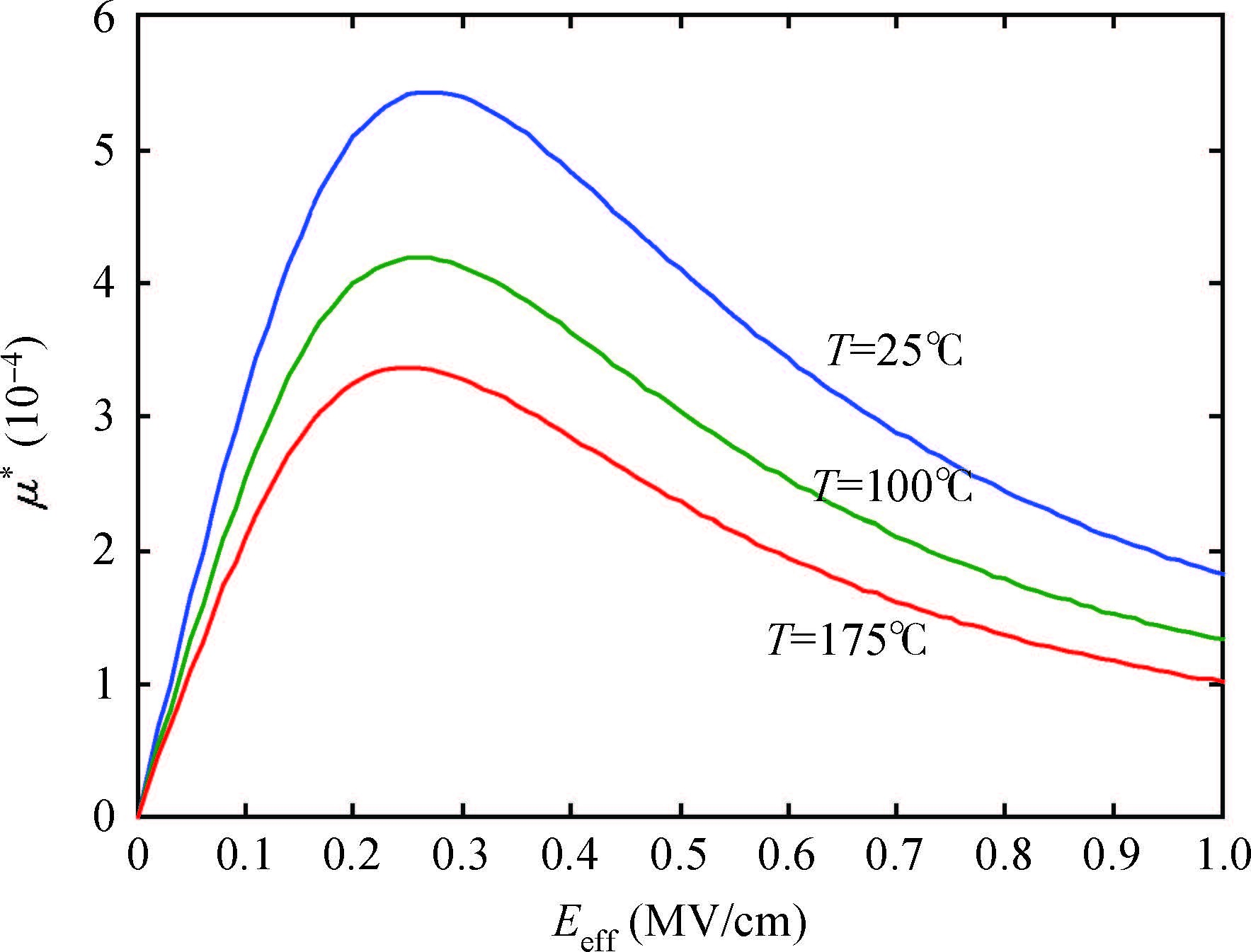
 DownLoad:
DownLoad:

